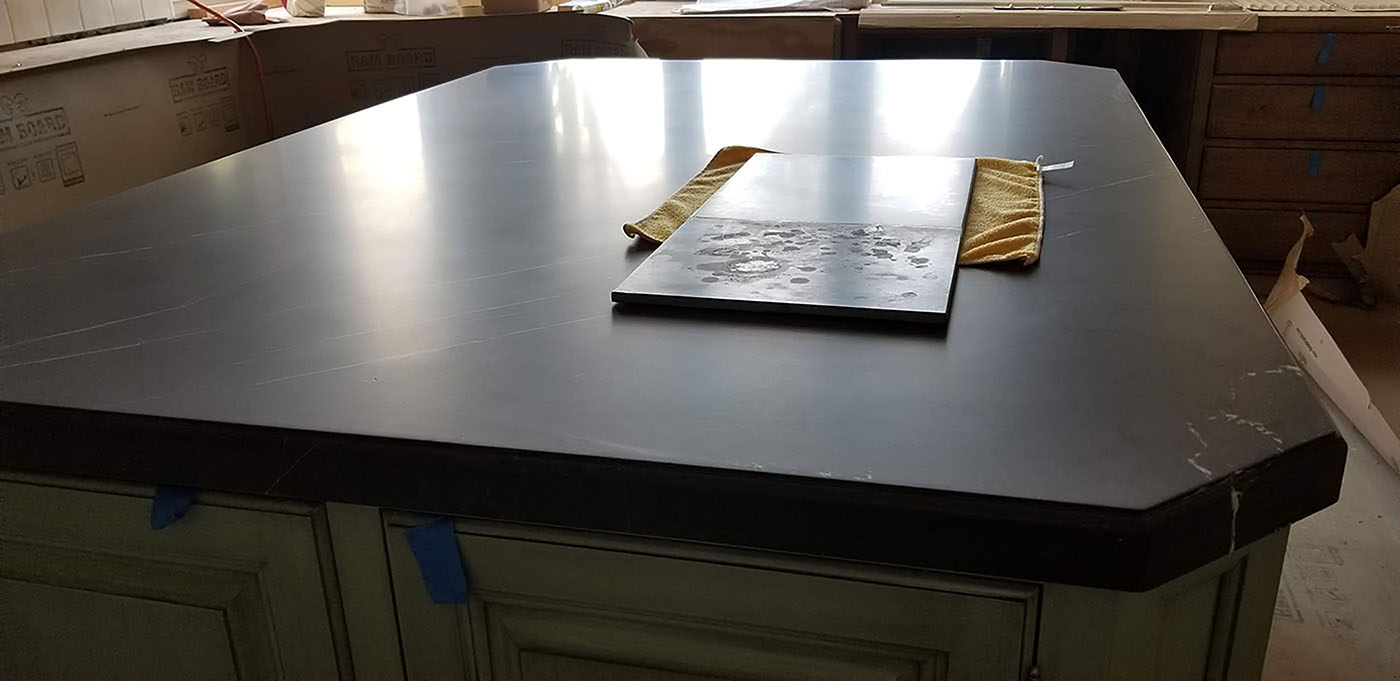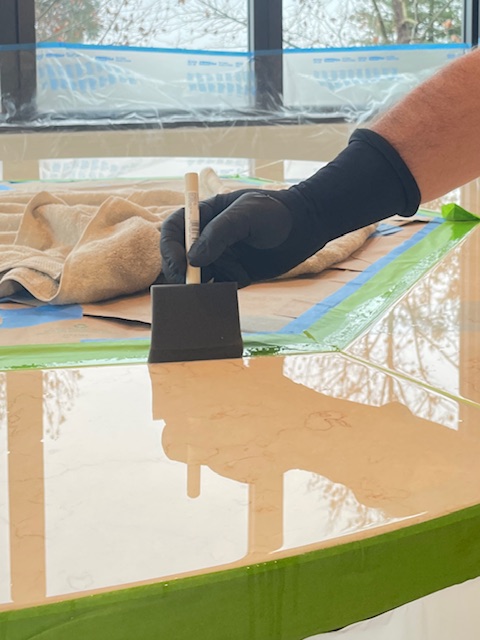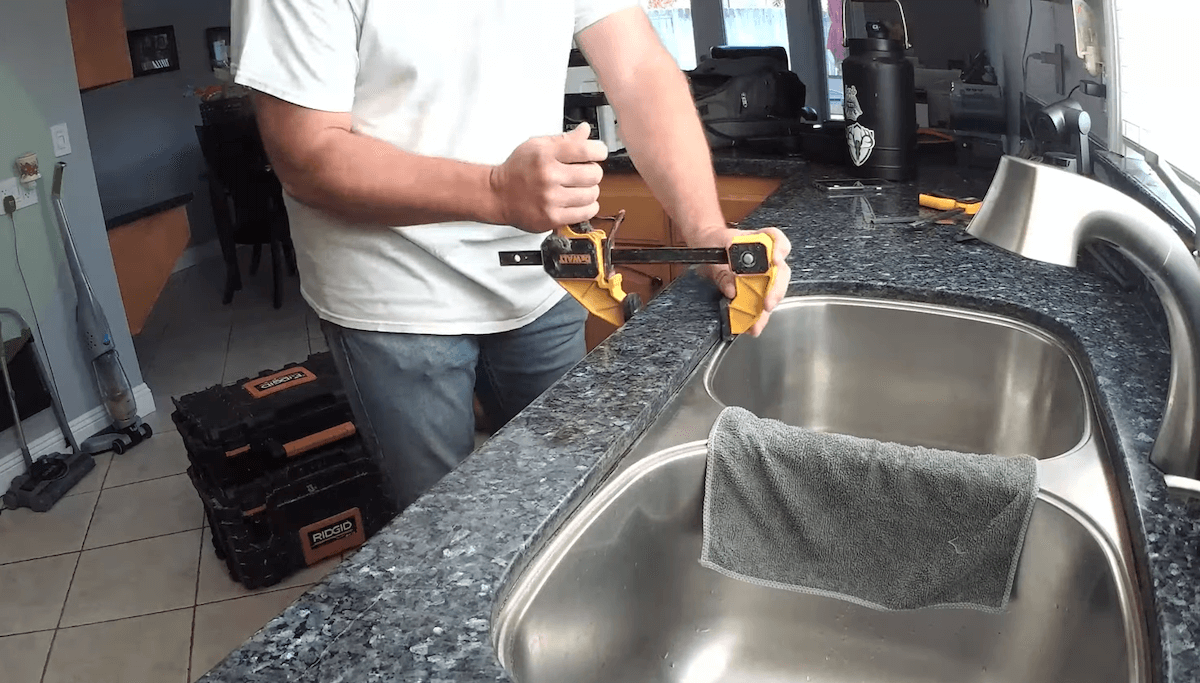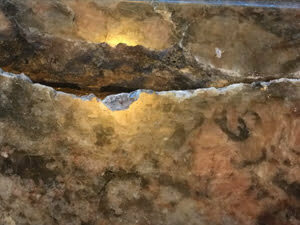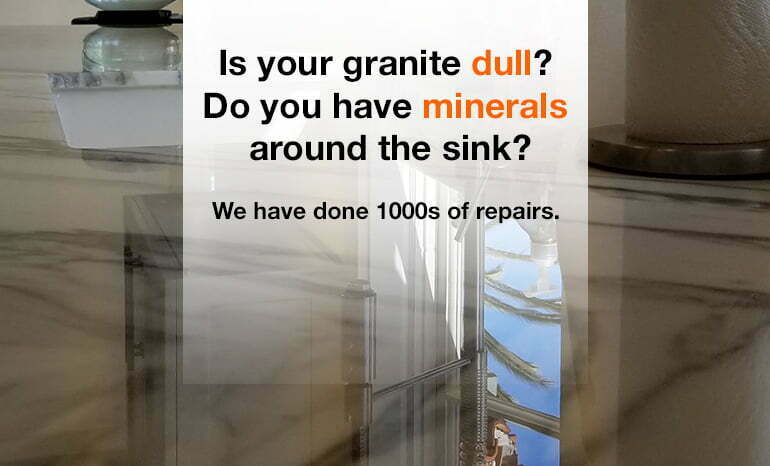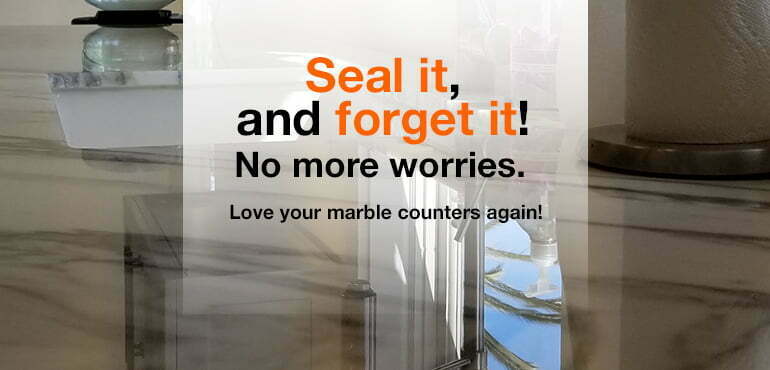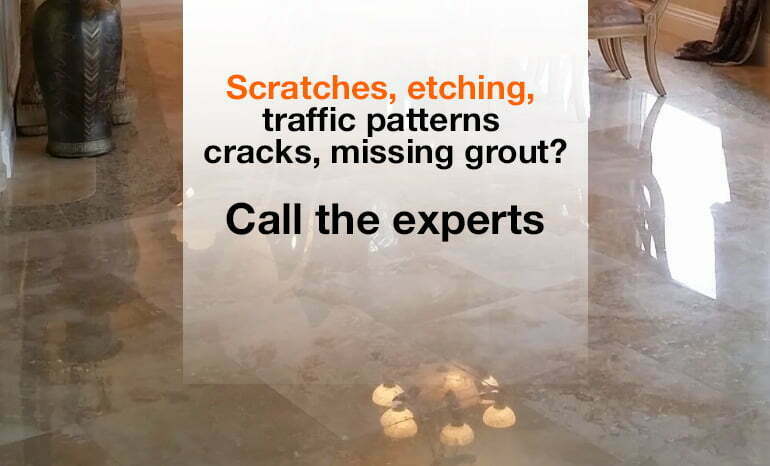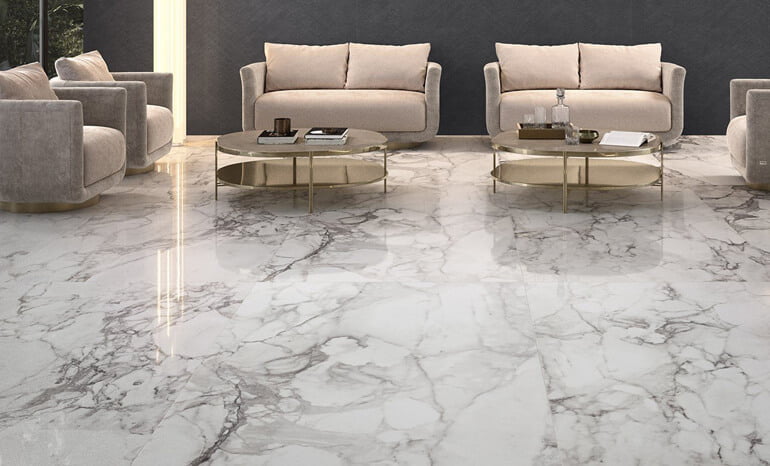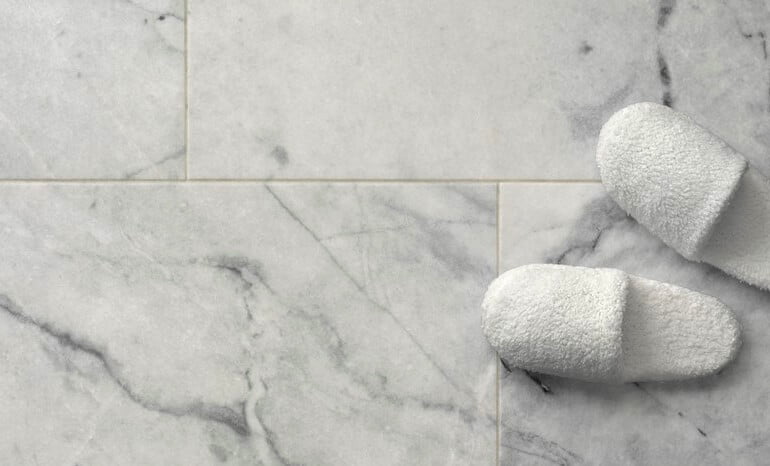Granite countertops have become a staple in modern homes, blending durability with aesthetic appeal. However, even the sturdiest materials are not immune to the occasional mishap, and water stains on granite can perplex even the most diligent homeowners. Understanding how to effectively remove these marks is crucial for maintaining the pristine appearance of your granite surfaces.
Understanding Water Stains on Granite
Firstly, it’s important to distinguish between two types of water stains: hard water deposits and actual staining. Hard water deposits occur when water evaporates, leaving behind minerals like calcium and magnesium. These deposits can create a filmy layer on the granite that may appear as a stain. On the other hand, true water stains are darker spots that indicate the water has penetrated the surface, which can happen if the granite is not properly sealed.
Preventing Water Stains
Prevention is your first line of defense. Ensuring your granite is properly sealed is paramount. A well-sealed countertop will cause water to bead on the surface, rather than seeping in. Test the sealant by dripping water onto the granite; if it beads up, your seal is effective. If not, it’s time to reseal. Regular sealing, typically recommended once a year, can prevent water and other liquids from penetrating the granite and causing stains.
Preventing water stains on granite is essential for maintaining the beauty and longevity of this popular natural stone. Granite, known for its durability and aesthetic appeal, can last for decades with proper care. However, despite its robustness, granite is not entirely impervious to damage, particularly from water. Here’s a comprehensive guide to keeping your granite surfaces pristine and free from unsightly water stains.
Understanding Granite’s Porosity
Granite is a porous material, meaning it has microscopic spaces or holes that can absorb liquids. The degree of porosity varies among different types of granite, affecting how susceptible they are to staining. Sealing granite fills these pores, creating a barrier that repels water and oil-based substances, preventing them from seeping into the stone.
The Importance of Sealing
Sealing is the first and most crucial step in preventing water stains on granite. A high-quality sealant provides a protective layer that makes the granite surface more resistant to spills and stains. The frequency of sealing depends on the granite’s usage and exposure to potential staining agents. Kitchen countertops, for example, may require sealing once a year or more, depending on the stone’s porosity and the household’s cooking and cleaning habits.
Regular Maintenance
Regular cleaning is pivotal in preventing water stains. Use a soft cloth or sponge along with a mild detergent or a cleaner specifically formulated for natural stone. Avoid acidic or abrasive cleaners, as they can strip the sealant and etch the granite surface. Wiping up spills immediately, especially acidic substances like coffee, wine, or lemon juice, can prevent potential staining and etching, preserving the granite’s natural beauty.
Protecting Granite Surfaces
Practical measures can safeguard granite surfaces from water exposure:
Use Coasters and Trivets: Always use coasters under glasses, bottles, and cans to prevent moisture rings. Employ trivets or mats under hot pots and pans to avoid thermal shock, which can compromise the sealant and increase porosity.
Avoid Standing Water: In areas prone to water exposure, such as around sinks and faucets, be vigilant in keeping the surface dry. Use a squeegee or a dry cloth to remove standing water, which can lead to mineral deposits and water stains over time.
Choose the Right Sealant: Selecting an appropriate sealant is critical. Consult with stone care professionals to find a product that matches the specific needs of your granite, considering factors like exposure to heat, moisture, and potential staining agents.
Monitoring and Reapplication
Regularly monitor the condition of the granite’s sealant. An easy way to test its effectiveness is the water droplet test: sprinkle a few drops of water on the surface. If the water beads up, the sealant is functioning correctly. If the water spreads or soaks into the granite, it’s time to reapply the sealant.
Professional Consultation
For new granite installations or if you’re unsure about the current condition of your granite surfaces, consider consulting a professional. Stone care specialists can assess the granite’s porosity, recommend a suitable sealing product, and provide tips on maintenance routines tailored to your stone’s specific needs.
Educating the Household
Educate everyone in the home about the importance of preventing water stains on granite. Simple habits, such as using cutting boards, cleaning up spills immediately, and avoiding placing wet items directly on granite surfaces, can significantly contribute to maintaining the stone’s integrity.
Long-Term Care
Beyond immediate spill management and regular cleaning, long-term care involves periodic professional inspections, especially for high-use areas. Professionals can identify early signs of wear and tear, offering solutions before minor issues escalate into significant problems requiring costly repairs or replacements.
Preventing water stains on granite is not just about addressing the immediate appearance of the stone but about preserving its quality and value over time. By understanding the nature of granite, implementing regular sealing and cleaning routines, and adopting protective measures, homeowners can ensure their granite surfaces remain as visually striking and functional as the day they were installed. With proper care, granite can withstand the test of time, making it a worthwhile investment for any home.
Removing Hard Water Deposits
Gentle Cleaning Solution
Start with a gentle cleaning solution to tackle hard water deposits. Mix mild dish soap with warm water and apply it to the stained area with a soft cloth. For tougher deposits, a mixture of half water and half white vinegar can be more effective. However, use this sparingly, as frequent use of vinegar can dull the granite’s shine over time.
Commercial Stone Cleaners
For persistent hard water deposits, consider using a commercial stone cleaner formulated for granite. These products are designed to remove buildup without damaging the stone’s surface.
Addressing True Water Stains
Drying Out the Stone
If the stain is darker, indicating moisture has penetrated the stone, the goal is to draw out the moisture. Place a dry, absorbent cloth over the stain and leave it for 24 hours. The cloth can help pull moisture from the granite, lightening the stain.
Baking Soda Poultice
For stubborn water stains, a baking soda poultice can be effective. Mix baking soda with water to create a thick paste, then spread it over the stain, covering it completely. Cover the paste with plastic wrap, sealing the edges with tape to keep it moist. After 24 hours, remove the poultice, and wipe the area clean. The poultice can draw out the stain, leaving your granite looking as good as new.
Professional Restoration
When DIY methods fall short, especially with deep or widespread water staining, professional restoration may be necessary. Stone restoration experts have the tools and expertise to remove stains without damaging the granite. They can also reseal the surface, ensuring it’s protected against future staining.
Maintaining Your Granite Countertops
Regular maintenance is key to preventing water stains and keeping your granite countertops looking their best. In addition to annual sealing, wipe up spills promptly to prevent them from penetrating the surface. Use coasters under glasses and avoid placing hot items directly on the granite to prevent thermal shock, which can weaken the sealant and make the stone more susceptible to staining.
Maintaining Granite Surfaces for Longevity
Water stains on granite countertops can be a nuisance, but they don’t have to be permanent. With the right care, including regular sealing and prompt attention to spills, your granite can remain a beautiful and durable part of your home for years to come. Whether tackling hard water deposits with a gentle cleaning solution or addressing deeper stains with a poultice, the key is patience and consistency. And for those stains that prove too stubborn, professional help is always a viable option. By following these guidelines, you can ensure your granite surfaces remain as inviting and impressive as the day they were installed.
FAQ
What causes water stains on granite surfaces?
Water stains on granite surfaces are caused by water that seeps into the stone and leaves behind minerals as it evaporates. Granite, although a hard material, is naturally porous, meaning it can absorb liquids if not properly sealed. These absorbed liquids can leave a dark spot or ring, making the surface appear stained. Additionally, hard water, which contains high levels of minerals like calcium and magnesium, can leave behind a residue known as limescale, contributing to the appearance of water stains.
Can you get water spots off granite?
Yes, you can get water spots off granite. For recent water spots, simply wiping the surface with a soft cloth and a mild detergent often does the trick. For more stubborn water spots or rings, you might need to use a poultice made from baking soda and water to draw out the stain. Apply the poultice to the stained area, cover it with plastic wrap, and let it sit for 24 hours before wiping it away. Regular sealing of the granite can also prevent water from seeping in and leaving stains.
Why does my granite look wet?
If your granite looks wet in certain areas but dry in others, it might be due to uneven sealing or areas where the sealant has worn off, allowing water to penetrate the surface. This can create dark spots that look permanently wet. Another reason could be the presence of mineral deposits left behind from hard water, which give the surface a wet appearance even when dry. Re-sealing the granite and using a cleaner designed for removing hard water deposits can restore the uniform appearance of your granite surfaces.
How do you know if granite is not sealed?
You can tell if granite is not sealed by performing a simple water test. Sprinkle a few drops of water on the surface of the granite. If the water beads up and stays on the surface, the granite is sealed. However, if the water soaks into the granite, making the stone darker, it means the granite is not sealed or the sealant has worn off. This test helps you determine whether your granite needs sealing to protect it from stains and damage.
Are water stains on granite permanent?
Water stains on granite are usually not permanent. Most water stains can be removed with the right cleaning methods. For surface water stains, wiping the area with a soft cloth and a mild detergent often works. For more stubborn stains, a poultice made from baking soda and water can help draw out the stain. It's important to address water stains promptly and to seal the granite regularly to prevent future stains.
Do granite sinks show water spots?
Yes, granite sinks can show water spots, especially if the water in your area is hard, which means it has a high mineral content. These spots are caused by water evaporating and leaving mineral deposits behind. To prevent water spots, it's recommended to wipe the sink dry after each use. For existing water spots, using a mild vinegar solution can help remove them. However, be sure to rinse the area thoroughly with water afterward and dry it to prevent any potential damage from the vinegar. Regular sealing of the granite sink can also help prevent water spots from forming.
Do water stains mean my granite isn’t sealed properly?
Yes, if you're noticing water stains, it could indicate that your granite isn't sealed properly or that the sealant has worn off over time. A properly sealed granite surface will repel water, causing it to bead up rather than soak in. If water soaks in and leaves dark stains, it's a sign that the granite needs to be resealed to protect it from stains and potential damage. Regularly sealing granite surfaces is key to maintaining their beauty and functionality.
How can I tell if a mark on my granite is a water stain or something else?
To determine if a mark on your granite is a water stain or something else, observe its appearance and behavior. Water stains are usually dark spots that appear where water has been left to sit and seep into the granite. These stains should lighten or disappear once the water evaporates. If the mark is a different color or remains unchanged over time, it may be a stain from another substance, like oil or wine, which requires a different cleaning approach.
How do you get hard water stains off granite?
To remove hard water stains from granite, you need to use a gentle cleaning solution that won't damage the stone. Mix a small amount of mild dish soap with warm water and gently scrub the stained area with a soft cloth or sponge. For tougher hard water stains, create a paste of baking soda and water, apply it to the stain, let it sit for a few minutes, then rinse off with water. Always dry the granite thoroughly after cleaning to prevent new stains.
What is the best homemade hard water stain remover for granite?
The best homemade hard water stain remover for granite is a paste made from baking soda and water. Mix the two to form a thick paste, apply it to the hard water stain, and let it sit for 5 to 10 minutes. Gently scrub the area with a soft cloth, then rinse with water and dry thoroughly. This method is effective for lifting hard water stains without damaging the granite's surface.
What’s the best DIY method for removing water stains from granite?
The best DIY method for removing water stains from granite involves using a poultice to draw out the moisture. To do this, mix baking soda with water to create a thick paste. Apply the paste to the stained area, covering it completely. Cover the paste with plastic wrap and let it sit for 24 hours. Remove the plastic wrap, wipe away the paste, and clean the area with a mild detergent. Dry the surface thoroughly. This method is effective for both light water stains and more stubborn hard water marks.
How often should I seal my granite countertops to prevent water stains?
To prevent water stains, you should seal your granite countertops about once a year. However, the exact frequency depends on the granite's porosity and how much use your countertops get. A simple test to see if your countertops need sealing is to sprinkle a few drops of water on the surface. If the water beads up, your seal is still effective. If it soaks in, leaving a dark mark, it's time to reseal your countertops.
What do professionals use to clean granite?
Professionals use a pH-neutral cleaner specifically designed for natural stone to clean granite. These cleaners effectively remove dirt and spills without damaging the stone's surface. Avoid using acidic or abrasive cleaners, as they can etch the granite and dull its finish. For daily cleaning, a mild dish soap and warm water solution can also be effective, followed by a thorough rinse with clean water to remove soap residue.
How do you remove limescale from granite countertops?
To remove limescale from granite countertops, create a gentle cleaning solution by mixing equal parts of water and white vinegar. Apply the solution to the limescale stains using a soft cloth, but do not let it sit for too long to avoid etching the granite. For stubborn limescale, you can use a commercial limescale remover that's safe for use on granite. Always test any cleaner on a small, inconspicuous area first. After cleaning, rinse the area well with water and dry with a soft cloth. Regular sealing of your granite countertops can also help prevent limescale buildup.
How do you remove calcified hard water stains?
To remove calcified hard water stains, you can make a paste with baking soda and water. Mix them together until you have a thick paste, then apply it to the stained area on your surface. Cover it with plastic wrap and let it sit for a few hours or overnight. Gently wipe it away with a soft cloth and rinse the area with water. This method is gentle and won't damage sensitive surfaces while effectively lifting hard water stains.
Can I use CLR on granite?
No, you should not use CLR (Calcium, Lime, Rust Remover) on granite. Granite is a natural stone that can be damaged by acidic cleaners, including CLR. These types of cleaners can etch the surface of the granite, making it dull and more susceptible to staining. It's best to use cleaning products specifically designed for granite or mild, pH-neutral solutions to protect your countertops.
Why does my granite stain so easily?
Granite stains easily if it's not properly sealed or if the sealant has worn off. Granite is a porous material, meaning it has tiny holes that can absorb liquids, leading to stains. If your granite is staining easily, it may need to be resealed to block those pores and prevent liquids from penetrating the surface. Regular sealing, typically once a year, can help protect granite from stains and keep it looking beautiful.
Can you put a clear coat on granite?
Yes, you can apply a clear coat to granite, but it's not typically recommended. Granite is a natural stone that is best protected with a sealer specifically designed for stone surfaces, rather than a traditional clear coat like those used on wood or metal. Stone sealers penetrate the granite to provide protection without affecting its natural beauty or texture. A clear coat might not adhere well to granite and could create a plastic-like appearance that detracts from the stone's aesthetic appeal.
Does granite warp over time?
No, granite does not warp over time. Granite is an incredibly durable and hard material, resistant to heat, scratches, and most forms of wear and tear. It maintains its flat, smooth surface without bending or warping, even over many years of use. However, improper installation or uneven support can cause granite, especially thinner slabs, to crack or break, which might be mistaken for warping.
How often should you use granite sealer?
You should use granite sealer approximately once a year, but the exact frequency depends on the granite's usage and exposure to potential staining substances. To test whether your granite needs sealing, sprinkle a few drops of water on the surface. If the water beads up, the seal is still effective. If the water soaks in, it's time to reapply the sealer. Some high-traffic or heavily used areas may require more frequent sealing to maintain their resistance to stains and damage.
Can you seal granite too much?
Yes, it is possible to over-seal granite. Applying sealer too frequently can lead to a buildup on the surface, making the granite appear cloudy or dull. This excess sealer doesn't add extra protection and can actually make cleaning more difficult. It's best to seal granite only when necessary, typically once a year, to maintain its natural beauty and functionality without overdoing it.
How do I know if my granite needs sealing?
To determine if your granite needs sealing, you can perform a simple water test. Sprinkle a few drops of water onto the granite surface. If the water beads up and stays on the surface, your granite is still effectively sealed. If the water soaks into the granite, darkening the stone, it indicates that the sealant has worn off and it's time to reseal. This test helps ensure you only apply sealer when needed.
Do you need to seal outdoor granite countertops?
Yes, outdoor granite countertops require sealing just like indoor ones. Outdoor granite is exposed to more elements, such as rain, sunlight, and temperature fluctuations, which can wear down the sealer faster. Sealing outdoor granite helps protect it from stains, weathering, and erosion. It's especially important to use a sealer that's designed for outdoor use to ensure it can withstand the environmental conditions. Regularly checking and resealing outdoor granite countertops can help maintain their durability and appearance over time.
How long does it take water to evaporate from granite?
The time it takes for water to evaporate from granite can vary depending on several factors, such as the room's temperature, humidity, and the porosity of the granite. Generally, water beads should start to evaporate within a few minutes to an hour from a well-sealed granite surface. If water soaks into the granite, indicating the stone is not properly sealed, it might take longer for the moisture to evaporate completely.
Can water damaged granite be repaired?
Yes, water-damaged granite can often be repaired, depending on the extent of the damage. If the granite has light water stains, these can usually be removed with a poultice or a specialized cleaner. For more severe damage, such as etching or deep staining, professional restoration may be necessary. Professionals have the tools and expertise to polish and reseal the granite, restoring its appearance.
How do you protect outdoor granite countertops?
To protect outdoor granite countertops, regular sealing is key. Use a sealer designed for outdoor use to provide a strong barrier against weather, stains, and erosion. Additionally, cover the countertops when not in use to shield them from the elements, particularly during extreme weather conditions. Cleaning spills promptly and avoiding placing hot items directly on the granite can also help maintain its condition. Regular maintenance checks for any signs of wear and reapplying sealer as needed will keep your outdoor granite countertops looking great year after year.
How long does it take to remove a water stain from granite?
The time it takes to remove a water stain from granite can vary, depending on the stain's severity and the method used. For light stains, it might take a few minutes to an hour using a poultice or mild detergent. For deeper stains that have been absorbed into the granite, it could take up to 24 hours for the poultice to draw out the stain completely. Patience is key, as rushing the process might not yield the desired results.
Can oiling the granite help in preventing water stains?
Oiling granite is not a recommended method for preventing water stains. Instead, sealing the granite with a proper stone sealer is the best way to protect against water stains. Sealers are specifically designed to penetrate the stone's pores, creating a protective barrier against moisture without altering the stone's natural appearance. Oiling might leave a greasy film on the surface, attracting dirt and potentially leading to other types of stains.
Can water stains spread or get worse over time on granite?
Yes, water stains on granite can spread or get worse over time if not addressed. If water continues to seep into unsealed or poorly sealed granite, it can cause the stain to become larger and more noticeable. Additionally, if the water contains minerals, it can leave behind deposits that further discolor the stone. Regular sealing and prompt cleanup of spills are crucial to preventing water stains from spreading or worsening.
What’s the fastest way to remove a water stain from granite?
The fastest way to remove a light water stain from granite is to clean the area with a mixture of mild dish soap and warm water, then rinse thoroughly and dry with a soft cloth. For more stubborn stains, applying a baking soda and water poultice is effective. Spread the paste over the stain, cover with plastic wrap, and let it sit for a few hours or overnight. Remove the poultice, rinse the area, and dry. This method can quickly draw out the moisture and minerals causing the stain.
How can I test my granite to see if it’s at-risk for water stains?
To test if your granite is at risk for water stains, perform a simple water test. Sprinkle a few drops of water onto the granite surface. If the water beads up and stays on the surface, your granite is well-sealed and not at risk. However, if the water soaks into the granite and leaves a dark spot, it means the granite is not sealed properly or the sealant has worn off, making it at risk for water stains. This test helps determine if you need to reseal your granite to protect it.
Does the age of granite affect how easily water stains can be removed?
The age of granite itself does not directly affect how easily water stains can be removed. However, the condition of the sealant on the granite surface might change over time. Older granite that hasn’t been resealed regularly may have a worn-down sealant, making it more susceptible to staining and potentially making stains harder to remove. Regular maintenance, including sealing, ensures that water stains can be effectively managed regardless of the granite’s age.
What are the risks of ignoring water stains on granite surfaces?
Ignoring water stains on granite surfaces can lead to several risks. Over time, untreated water stains can penetrate deeper into the granite, making them harder to remove and potentially leading to permanent discoloration. Additionally, if the water contains minerals, they can leave deposits that etch the surface of the granite, affecting its texture and appearance. Persistent moisture can also encourage the growth of mold and mildew, posing health risks. Addressing water stains promptly helps maintain the granite’s beauty and durability.
